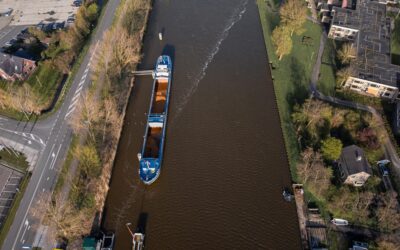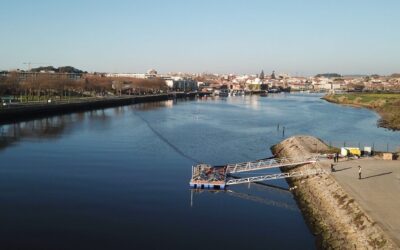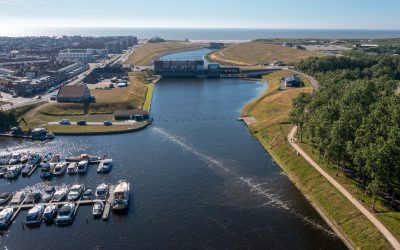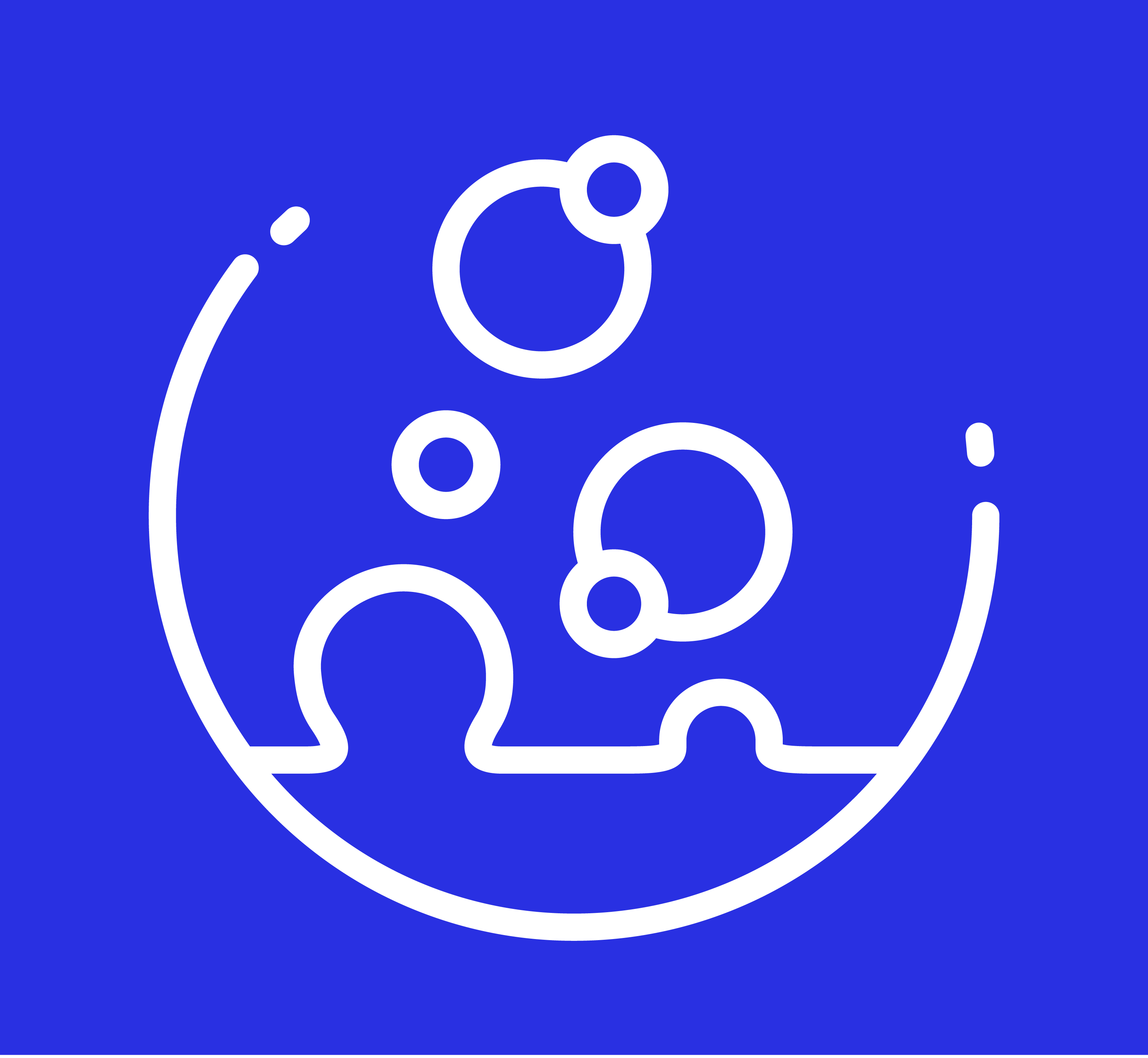WERVERSHOOF, September 13, 2019 – The research into microplastics in purified wastewater by drinking water company PWN, Hoogheemraadschap Hollands Noorderkwartier (HHNK), The Great Bubble Barrier and water research institute KWR is in full swing. The research, which takes place near the wastewater treatment plant helps to gain insight into microplastics in purified wastewater (effluent) in Wervershoof in North Holland, The Netherlands. With this experiment the united parties in the water consortium are taking their social responsibility.
Microplastics are getting more and more attention because they have a negative effect on the natural ecosystem. A bubble screen from The Great Bubble Barrier has been installed at the HHNK wastewater treatment plant and experimental measurements are currently taken on the flow of microplastics to surface water.
Focus research
Since June 1, the consortium has been investigating the amount, type and size distribution of microplastics in treated wastewater (effluent), the effect of a Bubble Barrier on microplastics with a size of 0.02 mm to 0.5 mm and the improvement and standardization of the measurement method for microplastics. Up to now, the experiment can determine that microplastics have been found in the effluent. Wastewater treatment plants, such as at HHNK, already capture a large part of microplastics in the existing treatment process. The consortium investigates which microplastic parts flow through and what a possible solution could be to reduce the outflow.
Microplastics in fresh surface water
Fresh surface water regularly serves as a source for drinking water. Increasingly, it appears that extremely small plastic particles can be found in fresh surface water and come from, among other things, car tires, personal care products, cleaning products and synthetic clothing or from degradation of larger plastics.
For drinking water company and nature conservation agency PWN it is of social importance to protect these drinking water sources, such as the IJsselmeer, against possible pollution including microplastics. Water research institute KWR has already been working for some time in the field of microplastics in surface water. For instance, the European project TRAMP maps to what extent Dutch inland waterways have been contaminated with microplastics. HHNK focuses on clean water and wants to remove as many micro-pollutants as possible from the wastewater. For this they have advanced plans to use ozone techniques for the removal of medicine residues. Now they are also investigating the purified wastewater for microplastics. Because of the social importance of clean drinking water, this research is partly funded by the TKI Water Technology program of the Ministry of Economic Affairs and Climate and by drinking water company PWN.
Bubble Barrier
The bubble screen of The Great Bubble Barrier is a proven technology for collecting plastic larger than 1 mm from flowing rivers and canals. During a pilot in the river IJssel, it was found that the Bubble Barrier captures an average of 86% of the test material. During the experiment at the HHNK wastewater treatment plant in Wervershoof, the particle size of microplastics in the treated wastewater is measured and whether the Bubble Barrier has an effect on microplastics of 0.02 mm to 0.5 mm in addition to macroplastics.
13-09-2019 | THE GREAT BUBBLE BARRIER © 2019




